It all started with a spiteful splinter in his foot.
The year was 2006 and the former commercial photographer Nicholas Leong’s mind wandered as he was holed up in his room. That was when he pondered whether long distance runners make good cyclists.
On the evening after the Singapore Marathon, he walked up to a group of Africans at Changi Airport and asked, “Who’s the guy who won the marathon?” Then Mr Leong followed Kenyan Amos Matui home.
Before that day, Mr Leong had never been to Kenya, and neither has he any experience in training long distance cyclists either.
In his own words, he was then just a cycling enthusiast who watched the Tour de France religiously on TV, describing his “expertise” as “one who sits in front of the telly on Saturdays and watches Manchester United play for 30 years and thinks he knows everything about the game”.
With no outstanding debts and a good sum in his bank account after spending 15 years working as a photographer, Mr Leong flew to Iten, a town of crop farms and red trails flanked by wooden shophouses and where herds of cattle grazed on sporadic patches of grass. The small town, located in the highlands of the Great Rift Valley in Kenya, has about 4,000 residents – many of whom are gold medallists and world record holders in international marathons.
An elite Kenyan runner may not be powerfully built but Mr Leong felt then that his propensity for endurance could make him an ideal candidate for the Tour de France. After all, the body weights of top cyclists and top distance runners are similar. That was when he knew he wanted to turn world class Kenyan runners into world class Kenyan cyclists and he founded the Kenyan Riders.
TheHomeGround Asia speaks to Mr Leong to learn about his adventure in Kenya, the building of a velodrome and the future plans for the Kenyan Riders.
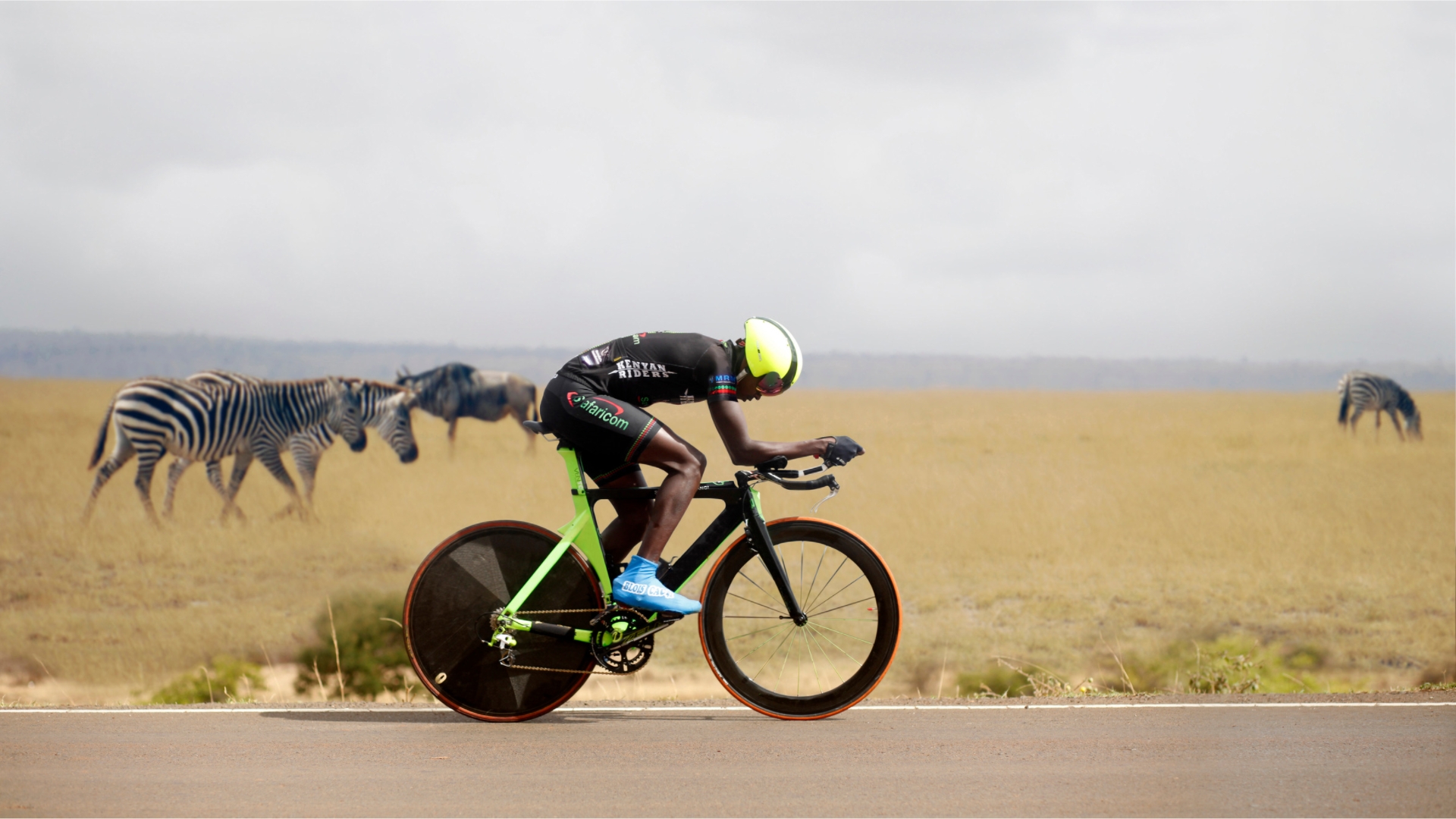
TheHomeGround Asia (THG): How did a commercial photographer in Singapore end up living in Kenya and turning runners into cyclists?
Nicholas Leong (NL): After my A levels, I travelled around for a while before doing the whole circuit in commercial photography in Singapore. That was from the 1990s to the 2000s, so it was about 17 years.
I have been following the Tour de France since the 1980s when I was a teenager, and it never occurred to me that the competition was the way it was until before I hit 40, when I realised there were no Africans there. I wondered why, since Kenyans are very good athletes. That was when I thought that Kenyan runners would make good cyclists.
I wondered to myself. I’d talked about that with friends. But I did not pursue that idea. I was a commercial photographer in Singapore then and it had nothing to do with me.
But the thought kept nagging me.
Since I was doing fairly well by then and had saved quite a lot of money in the bank, I thought it would be fun to try something new and so I decided to go for it. After all, it would be quite an adventure.
I waited for the 2006 Singapore marathon and bought a ticket to Kenya on the same night as the marathon. I had suspected that the runners would take part in the morning and then leave the same day, and I was right.
That was when I said to the winner Amos Matui, “I’ll follow you home”. And the next thing I knew, there I was in the area where probably the best endurance talents in the world live.
It was the start of my whole adventure.
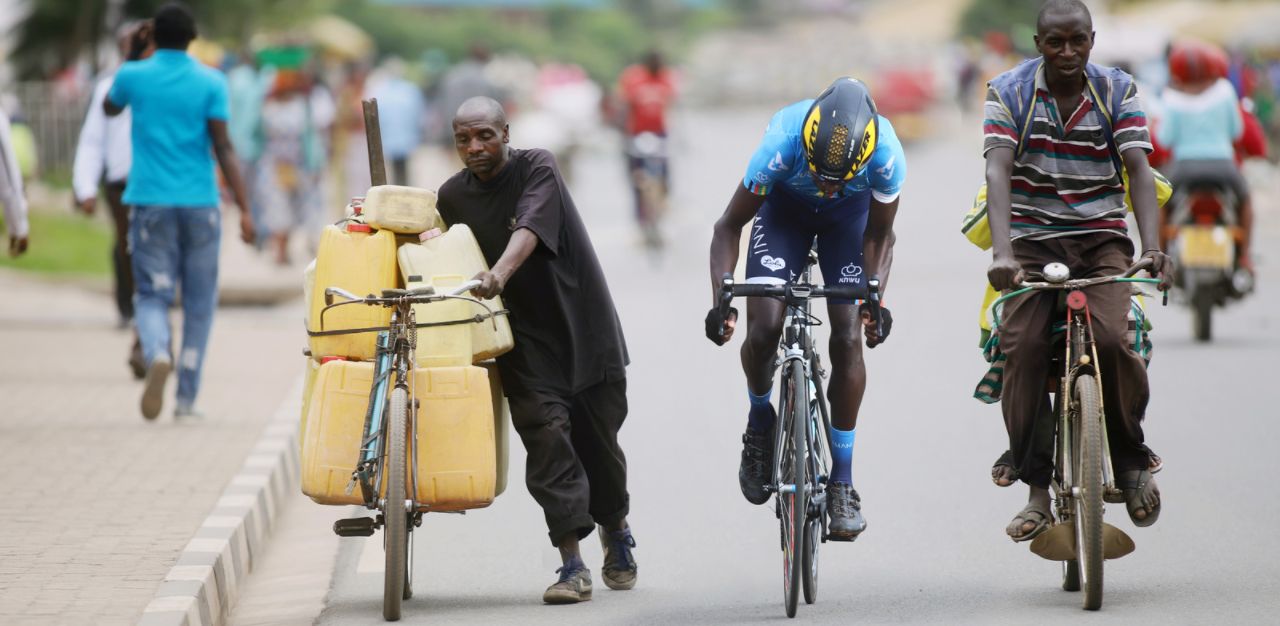
THG: You took a leap of faith to leave everything behind and head to Kenya. How difficult was the decision to do so?
NL: I was fortunate then that I was not married, so I did not have any commitments. I had also managed to clear my student loan and other financial obligations. If I was the average Singaporean, I would have bought my first property, then spend the rest of my life paying off that mortgage. The next thing you know, I would be 50 or I might even work till I am in my 70s and own three properties but with nothing left in life.
So, I thought, let me just try something new and see how that goes.
THG: When you first started, were there any language barriers between you and the Kenyans?
NL: Everybody speaks English here, but I learnt Swahili just to be comfortable communicating with them. Fortunately, Swahili is a relatively easy language to pick up at the conversational level. All the important and official matters are communicated in English anyway, even among the Kenyans. The English language is the language of Parliament, the courts and commerce.
THG: Was there any resistance from the Kenyans when you tried to introduce cycling to them, especially when running was the national sport for them?
NL: Surprisingly, there was not much of a resistance. People were very willing to go along with the idea, especially if they were not runners. There were runners who said they were not going to cycle, but that was fine. But when the success stories started coming in, more people started believing in it.
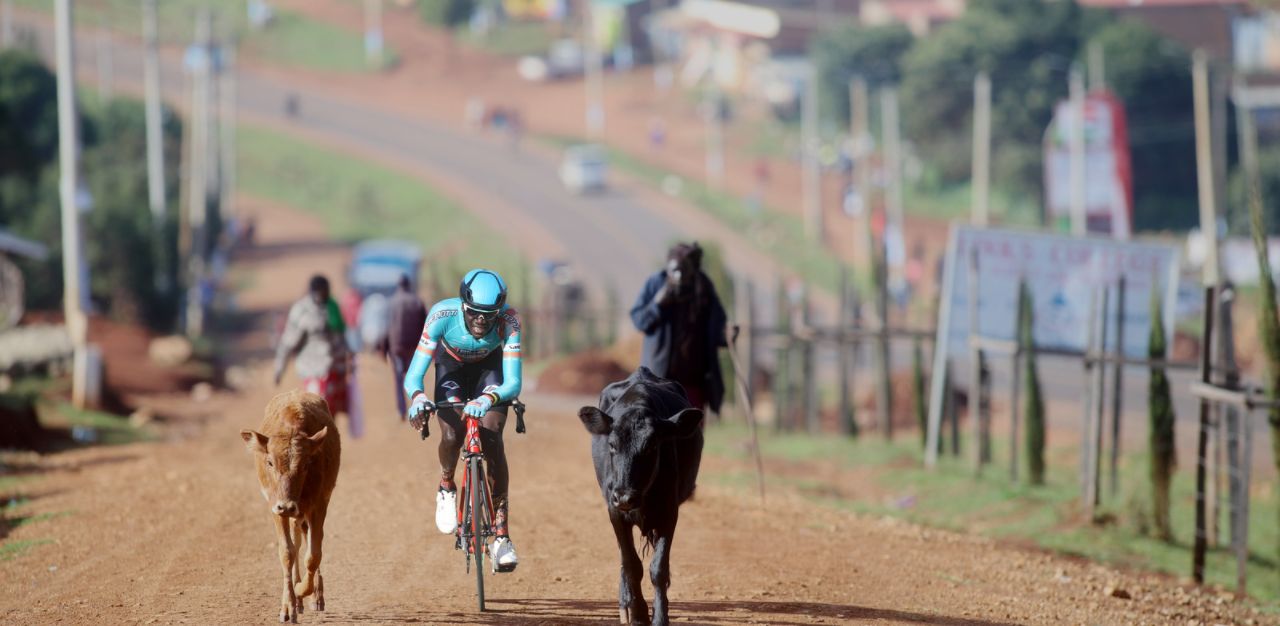
THG: How did you manage to keep the project going for more than 15 years?
NL: One of the things that happen when you start a project is that you get sucked into it. People start to believe in you and buy into your dreams. They come onboard and sponsor one thing or another. And when that happens, you feel obligated to stay on and continue the work.
When I got the Kenyans interested in cycling, I felt responsible for them. It started off as a fun thing, and then slowly the project got serious. You learn the ropes and get better at it, and the momentum just keeps it going.
THG: Were you more interested in running or cycling?
NL: Cycling for sure! I have followed cycling as a sport my whole life, not as a sport to do but as a sport to watch, to read about and to have the knowledge about. I did cycle, but never competitively.
Obviously, after I got to Kenya, I became interested in running because everybody was running. It is like the national sport of the Kenyans.
I thought with all the genetic gifts that Kenyans have that made them good runners, they would be great at cycling too. In some ways, it is true. But in other ways, I overestimated them. There were times I got a lot of things wrong. It is part of being a pioneer, making mistakes and having other people learn from you.
A success story was Salim Kipkemboi. When we first met him, he was transporting firewood, barefooted, on his African bike. He’s as tough as nails. After a four-year apprenticeship with Kenyan Riders, he became a full-on professional cyclist with our partner team, BIKE AID. He was 19 when he won the Sharjah Tour (UCI 2.1). He also made history by being the first Kenyan to win a stage at a UCI 2.1 race.
There are many more Salim Kipkembois out there, and some of them are in the Kenyan Riders-Safaricom U23 development team, but we’re always on the lookout.
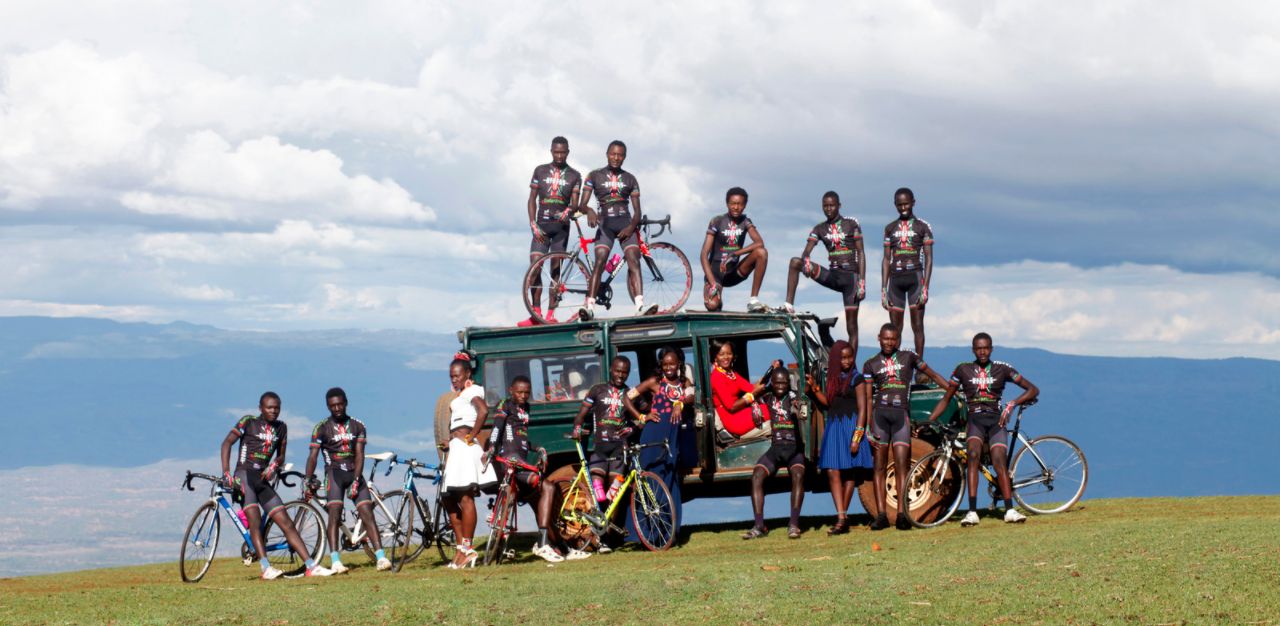
THG: What did you hope to achieve with the Kenyan Riders project?
NL: I went to Iten, one of the centres of global running. If you see a world or Olympic champion, he is probably trained in Iten or from Iten itself. Here in Iten, you see how running changes people’s lives. You see one guy from Iten becoming world champion and coming back to build a hotel and hiring people in the community. Running is really an engine for growth in Kenya because it can develop industries and bring employment and opportunities to the community. It literally changes people’s lives.
So, I set up Kenyan Riders with the goal of doing the same with cycling. In a small way, we have achieved some success.
We have an early trainee, Suleiman Kangangi, who went on to become the global brand ambassador for Giant Bicycles. He is now getting a fairly good income and driving a little modest car and people see that. He is also helping to nurture the next generation.
It is like in Singapore, people see doctors doing well so they also want to be a doctor.
THG: What future plans do you have for the Kenyan Riders and for Kenya?
NL: I am currently in Singapore because of the pandemic. Since the Kenyan Riders is more or less able to operate independently, I am thinking about going back to Kenya in June to work on another project – to build a velodrome for track cycling.
I am currently in talks with a coach from Australia and we plan to build a track that is made of mud. I think a mud track is going to be very useful as a next step in developing cycling talent.
THG: Why did you decide to focus on the velodrome and track cycling this time round?
NL: The velodrome can serve as a focal area for people to congregate, and there are a lot of different types of races that can take place in a velodrome — scratch race, split scrath, win and in, and match sprint.
There are some drawbacks of outdoor cycling. We have had one death and one amputation. Cycling can be a very dangerous sport, and it is especially scary when it involves getting kids onto the road. Therefore, it is actually quite a good idea to concentrate everything within a velodrome.
And this idea, like many others, would not happen unless we go to the ground ourselves and do it.
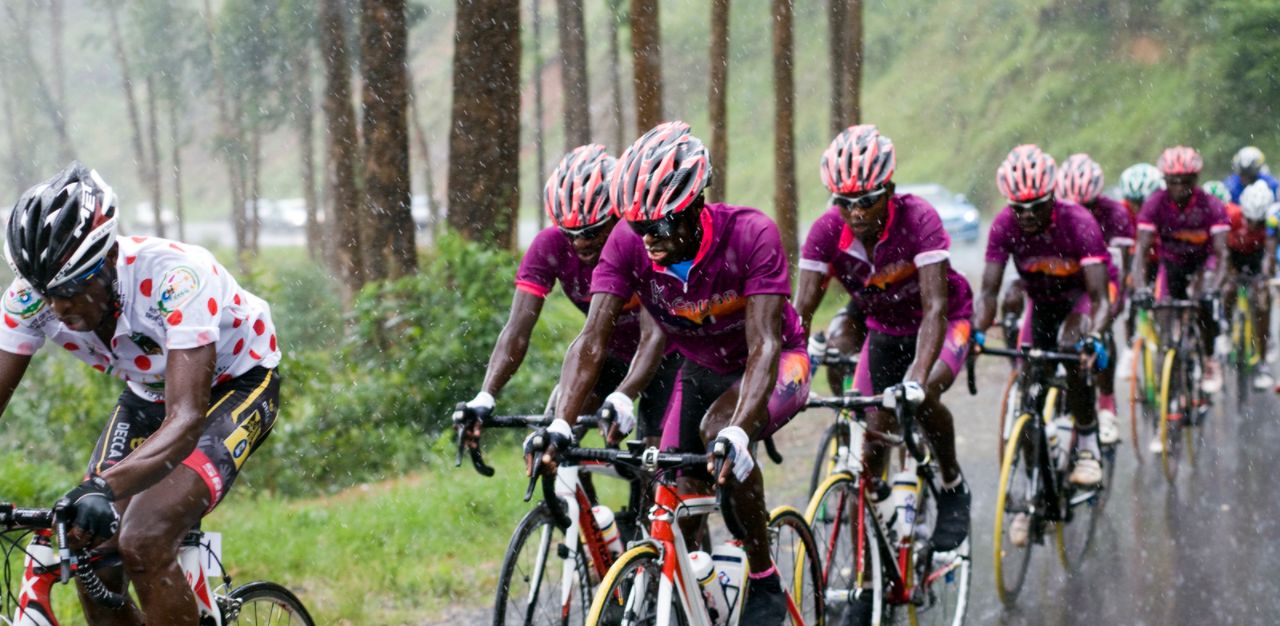
THG: What advice do you have for Singaporeans who have reservations about leaving Singapore to pursue their dreams overseas?
NL: According to Woody Allen, “The secret of life is turning up”. If you have this general idea about getting something done, you need to turn up. You cannot remain in Singapore and google about it or email people to try and get things done because if you are not there, nothing is ever going to happen.
When you turn up, you will meet people and create opportunities that will bring you closer to your goals. Googling endlessly is really just 1 per cent of what you need to get done.
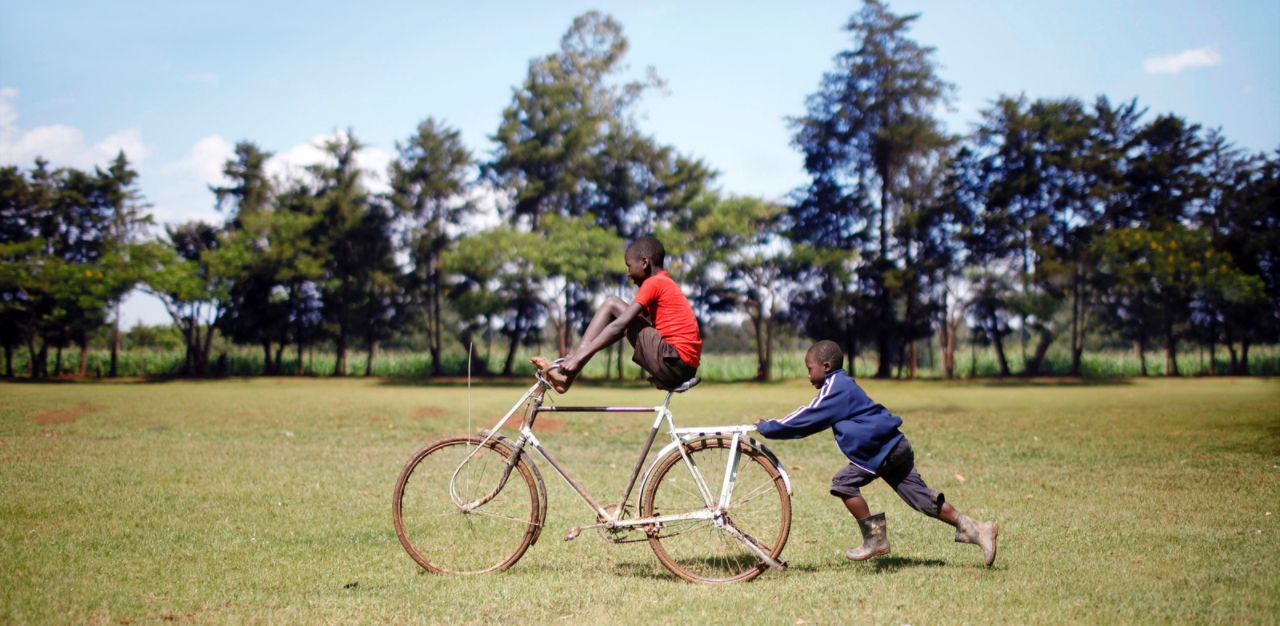
Join the conversations on TheHomeGround Asia’s Facebook and Instagram, and get the latest updates via Telegram.












